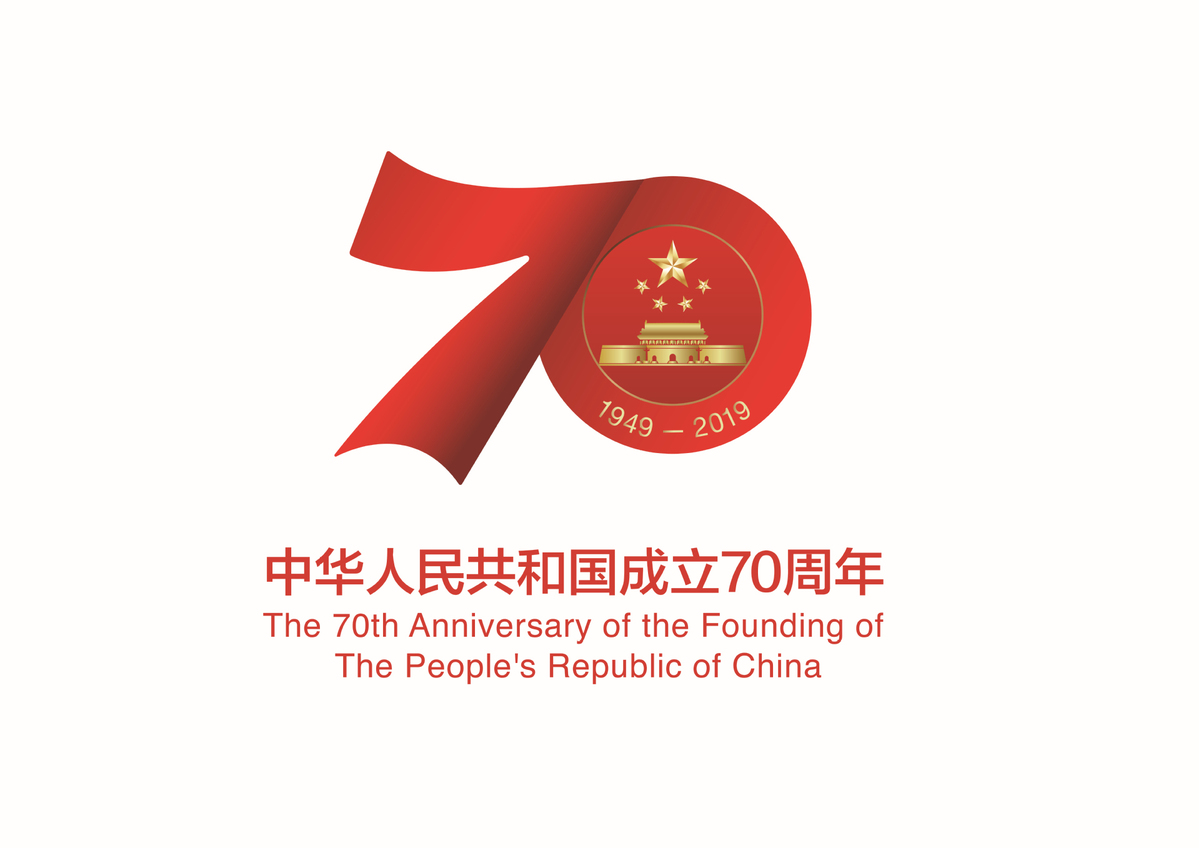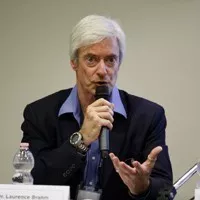Laurence Brahm: Foreign policy truly win-win in nature
September 17 , 2019
By Laurence Brahm, a senior international research fellow at CCG
Since its founding in 1949, the People’s Republic of China has adopted a foreign policy that reflects the changing times, promotes international trade, and is conducive to maintaining global peace and stability. In recent decades, China’s foreign policy has focused on business and cooperation, and shared economic values.
China has also been shouldering greater responsibilities as an economic power to help build infrastructure facilities and technology networks across the world while abiding by the multilateral frameworks of the United Nations, the World Trade Organization and other international bodies.
The evolution of China’s foreign policy reflects a responsive and often innovative approach to global changes and trends. China’s foreign policy is aimed at building close business and cooperative relations with developed countries while working with the developing world, for example, to make sure its economic rights and ability to cope with threats such as climate change are not undermined by unfair international rules.
Upholding the voice of the global South
Thanks to its pioneering role at the Asian-African Conference in Bandung, Indonesia, in 1955, China helped the countries of the global South to reach a consensus on following independent domestic development and foreign policies. And the Non-Aligned Movement began in 1961.
After the end of World War II, former colonial powers sought to weaken the political systems of the newly independent countries in a bid to continue their economic domination over the world. China’s resistance to such interventionist policies helped it become the global force that it is today.
South-South cooperation today is more about investment, infrastructure building, integration of experiences and coordination of policies. And China’s sustainable economic development and efficient infrastructure facilities are a source of inspiration for many countries.
Moreover, in taking the lead to establish new multilateral financial institutions such as the Asian Infrastructure Investment Bank and the BRICS New Development Bankwhose aim is to complement the roles of the World Bank, International Monetary Fund and the Asian Development Bank-China aims to meet the financial needs of developing countries and thus enable them to boost their economic development.
Promoting trade and investment
Immediately after the end of World War II, Western powers, thanks to their hold over multilateral financial institutions such as the World Bank and the IMF, sought to establish a relationship of dependency with the developing countries. The industrialized countries exported finished goods to the developing countries in return for raw materials needed to make those finished goods.
This approach not only stunted the growth of the developing countries but also helped the developed countries to hold on to capital. China was determined not to fall into this trap, and showed other developing countries that different development models can be used to achieve economic development.
Following its decision to open up its economy to the outside world in 1978, China eased policies on foreign investment. Most of the multinational companies realized it would be cheaper to manufacture their products in China not only to market them in the country but also to export them to other countries, including those where the multinationals were based.
In the 1990s, China adopted policies to further promote inbound foreign investment and became the “factory of the world”, while its foreign policy’s focus remained on creating a peaceful environment, developing international business networks and promoting global trade and investment. Throughout the 1990s the Chinese leadership focused on economic growth, which led to China’s entry into the WTO in 2001.
After China’s entry into the WTO, China’s economic policy gradually shifted from inbound to outbound business. Until the turn of the century, China’s foreign policy was aimed at encouraging inbound foreign investment, but at the same time outbound business and investment were becoming a priority for the government.
As a result, after the 2008 global financial crisis, many countries in Europe welcomed Chinese investments to boost their economies. Today, even though China remains one of the most attractive foreign investment destinations, it has also become a big global investor. And by financing infrastructure projects worldwide after the 2008 financial crisis, China is also playing the role of a global banker.
Focus on connectivity and global infrastructure
However, the rising cost of labor in China (due in large part to rising incomes and overall socioeconomic improvement) has made China less cost-competitive in manufacturing compared with some other developing countries. In fact, China is becoming a global investor, as its investments in some developing countries along the Belt and Road Initiative are growing at a healthy rate.
China’s economic miracle was built on a formula that combined market with planning and managed marketization. Economic development improves the level and quality of education, creates more opportunities and guarantees better security. Which means economic development is the best way to promote global peace and security.
But without the improvement of infrastructure and connectivity, no real development is possible. China is sharing its experiences in infrastructure and technology development with countries in Central, South and Southeast Asia, as well as the Middle East, African and Latin American countries so as to facilitate global trade and investment, and help build a community with a shared future for mankind.
The concept of a community with a shared future for mankind represents a set of standards, values and solutions shared by the global South. China’s foreign policy has come of age, and cannot be held to ransom by biased Western media outlets and observers that seem to be obsessed with the Cold War mentality and desperate to contain China’s rise.
About Author

Laurence Brahm, a senior international research fellow at Center for China and Globalization(CCG) and founding director of the Himalayan Consensus, an author of Zhu Rongji and the Transformation of Modern China.
Topical News See more






